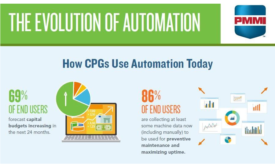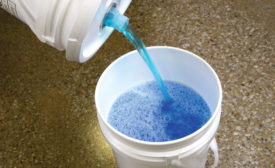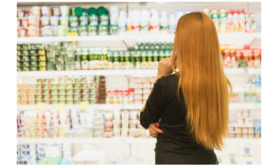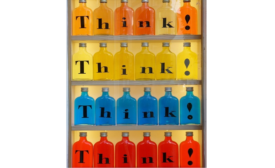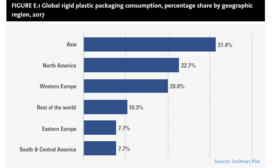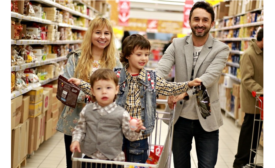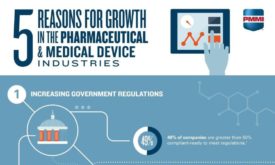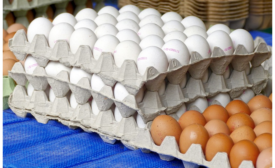Home » packaging trends
Articles Tagged with ''packaging trends''
Market Trends: Household Packaging
Put the power in household packaging
Products in sleek new packaging made for convenience will have consumers wanting to get outdoors.
December 20, 2017
Package Design
Using Color to Reach Your Target Market Through Your Packaging
December 11, 2017
Packaging Design
Tip the Scales in Your Favor with Packaging Designed for Millennials
November 29, 2017

